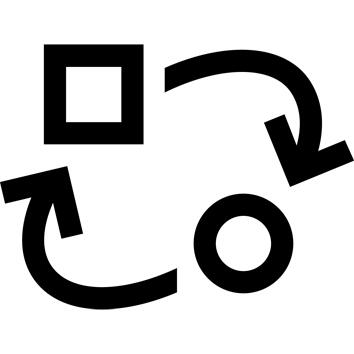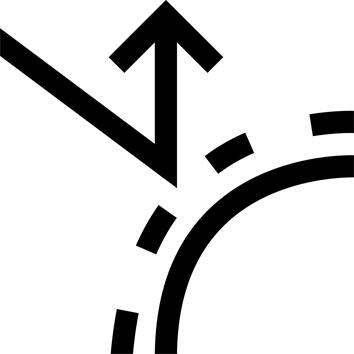Technical data
Length: 100 cm.
1st stage connection: 3/8 UNF male connection. Flat wrench 9/16th inch (between European 13 and 14).
2nd stage connection: 9/16 UNF female connection. 11/16" open-end wrench (between European 17 and 18).
Hose composition
The hose base is made of antibacterial thermoplastic polyurethane (TPU) Polyether
Outer cover: braided nylon for added strength and flexibility. They accept more torsion than conventional rubber hoses. They avoid the sensation of the regulator pulling on the mouth.
What is the medium-pressure hose used for?
The MP (Medium Pressure) hose, which can also be called LP (Low pressure), is used to transport expanded air from the cylinder (which is compressed to high pressure) through the first stage to the second stage of the pressure reducer. The air conveyed is generally at a pressure of between 8 and 10 bar.
Assembly tips
We advise you not to overtighten the first stage. As these are generally made of chromium-plated brass, a soft alloy, overtightening could damage the first stage. The hose's O-ring provides the necessary seal.
At the 2nd stage connection, there's a male cylindrical part inside with an O-ring for sealing.
Use silicone grease to lubricate the seals and extend their service life.
Hose wear and replacement
Successive pressurizations of the regulator and external cracks weaken the hose. This wear, which is generally invisible, will affect your regulator's performance. In the worst case, your hose will eventually break, usually at the crimp.
Check your hoses regularly and replace any that are cracked.
Change your hoses at least every 5 years.
Regulator overhaul
SUBEA TRIBORD recommends that you have your regulator serviced every two years, and visually inspected at least once a year. Both checks should be carried out by a certified workshop SUBEA TRIBORD .
An overhaul is also recommended after a particularly intense season (over 100 dives) or after a long period of inactivity.
During this check-up, your hoses will be checked and replaced if necessary.
Regulator maintenance
Never use solvents or hydrocarbon-based products to clean or lubricate your regulator yourself. Never use aerosol cans, as propellants can attack plastics.
Use silicone grease to lubricate seals and extend their life.


